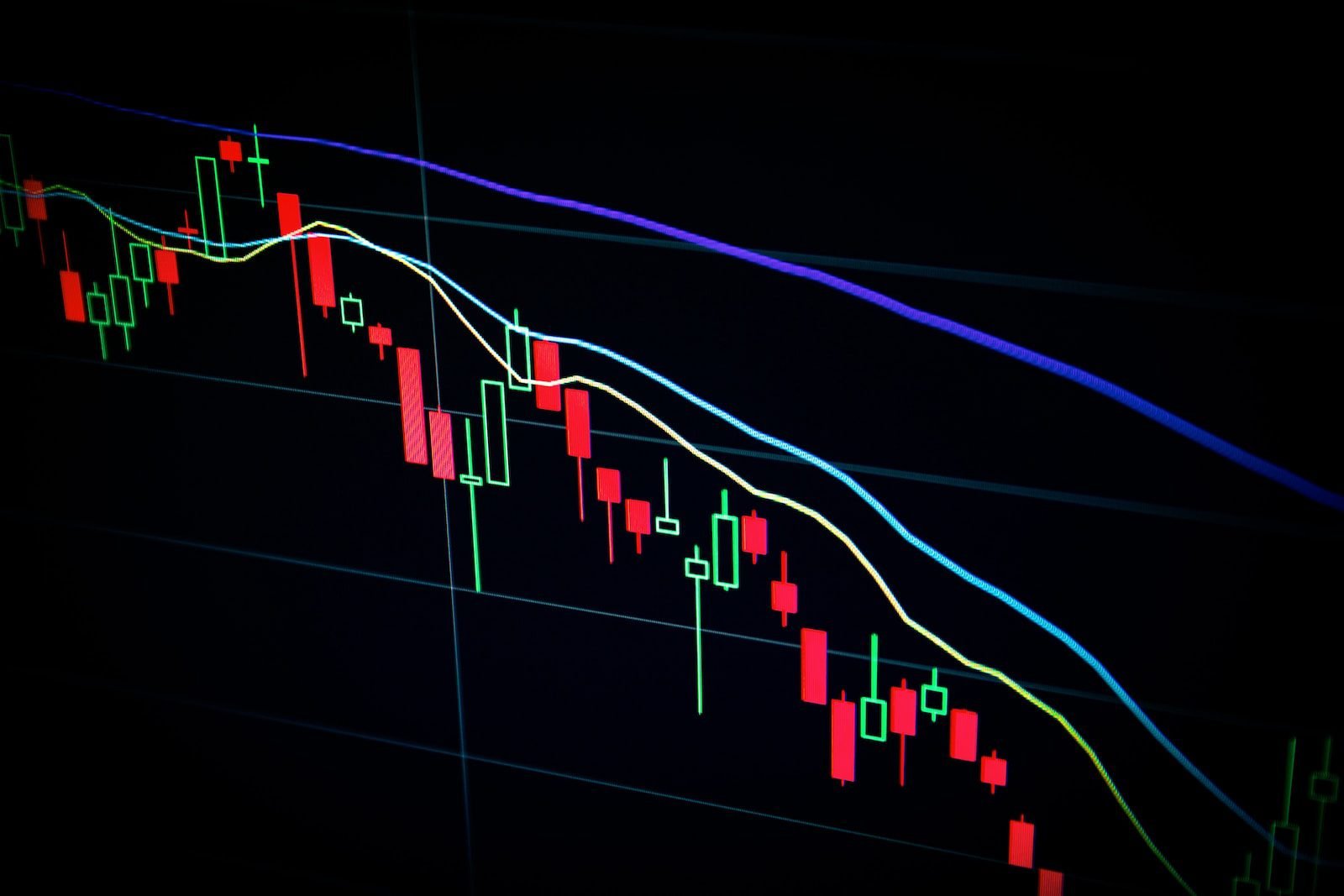Ten days ago, you could have believed that the banks had recovered from the horror of the 2007–2009 financial crisis. It is now obvious that they are still capable of terrifying people. On March 9, $42 billion in deposits fled Silicon Valley Bank as a result of an aggressive run. Three American lenders failed in a week, SVB being one of them. During the weekend, regulators frantically devised a rescue plan. Nonetheless, people continue to query if their money is secure.
Investors are frightened. The market value of American banks has fallen by $229 billion, or 17%, so far this month. As a result of falling Treasury yields, investors now anticipate that the Federal Reserve will start lowering interest rates this summer. Bank share prices have decreased in both Europe and Japan. The stock price of Credit Suisse, which is also experiencing problems, dropped by 24% on March 15. On March 16, Credit Suisse asked the Swiss central bank for liquidity relief. After 14 years, concerns about how vulnerable banks are and if regulators were misled are once again in the spotlight.
An unappreciated danger in the system has come to light as a result of the rapid collapse of SVB. When asset prices were high and interest rates were low, the Californian bank bought a lot of long-term bonds. After that, bond prices fell and the bank suffered significant losses as a result of the Fed raising rates at their fastest rate in forty years. Most banks in America are not required by the capital regulations to take into account the declining value of the bonds they intend to retain until they mature. Only extremely large banks are required to mark to market all of their tradable bonds. Nevertheless, as SVB learned, unrecognised losses materialise if a bank falters and is forced to sell bonds.
These unrecognised losses affect the entire American banking system and will total $620 billion by the end of 2022, or almost a third of all the institutions’ combined capital reserves. Thankfully, compared to SVB, other banks have come a lot further from the edge. But the system is now vulnerable because of rising interest rates.
Unscrupulous lending and the housing bust led to the financial crisis of 2007–2009. Hence, post-crisis policies aimed to reduce credit risk and guarantee that banks held assets with stable purchasers. As nothing is more creditworthy than Uncle Sam and nothing is simpler to sell in a crisis than Treasuries, they pushed banks to purchase government bonds.
Few people thought about how the banks would suffer if the world shifted and longer-term bonds lost value due to years of low inflation and interest rates. As deposits poured into banks and the Fed’s stimulus programme injected cash into the economy, this vulnerability only grew worse throughout the pandemic. Several banks purchased long-term bonds and mortgage-backed securities with government guarantees using the deposits.
You might believe that unrealized losses are unimportant. One issue is that the bank purchased the bond using another person’s funds, typically a deposit. Bonds must be matched with deposits in order to be held until maturity, and when rates climb, demand for deposits rises. Because clients are loyal to the biggest banks, such as JPMorgan Chase or Bank of America, higher rates typically increase their profits due to floating-rate loans. The approximately 4,700 small and mid-sized banks, which have combined assets of $10.5 trillion, must compensate depositors more to deter withdrawals. This reduces their profit margins, which partly explains why the stock prices of some banks have fallen.





